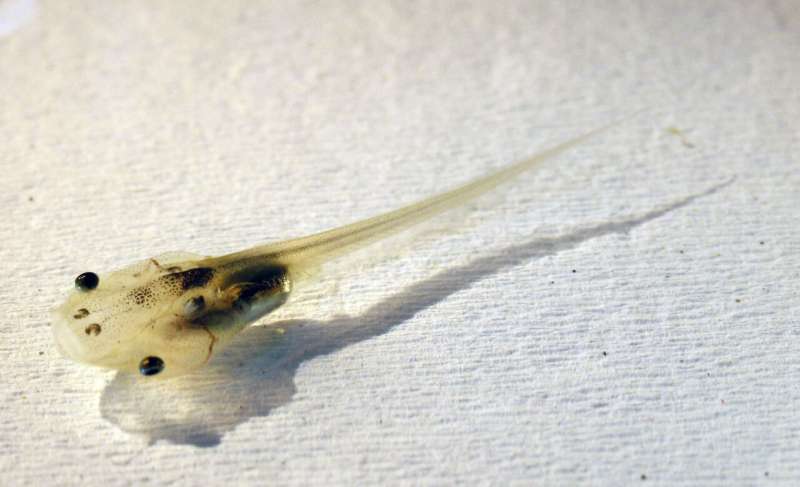Research conducted by scientists at the University of Tokyo has revealed a significant breakthrough in understanding how tadpoles regenerate their tails. The team, including researchers Sumika Kato, Takeo Kubo, and Taro Fukazawa, found that the protein c1qtnf3, produced by muscle stem cells, plays a crucial role in redirecting macrophages—immune cells that can aid in regeneration. This discovery, published on November 17, 2025, in the Proceedings of the National Academy of Sciences, opens new avenues for exploring regenerative medicine in mammals.
Understanding how Xenopus laevis, or the African clawed frog, can regenerate fully functional tails has intrigued scientists for years. The regenerative process involves the activation of stem cells, which are capable of developing into various types of tissues. However, studying these stem cells has proven challenging due to their limited numbers.
To address this, the researchers developed a method to enrich these muscle stem cells. “We have previously established a method for efficiently enriching tissue stem cells,” said Taro Fukazawa. “Building on this technique, we planned to clarify the behavior of tissue stem cells during tail regeneration by examining genes specifically expressed in the tissue stem cells.”
Through single-cell RNA sequencing, the team identified various cell types and discovered that muscle stem cells exhibited higher levels of c1qtnf3 compared to other cells. To investigate the role of this protein in regeneration, the researchers performed gene “knockdown” experiments, which involved blocking the expression of c1qtnf3.
“The knockdown of c1qtnf3 resulted in impaired tail regeneration,” explained Sumika Kato. “This indicates that the function of c1qtnf3 is essential for successful tail regeneration.” The experiments also revealed a reduction in macrophage numbers at the tail stump of the knocked-down tadpoles, suggesting that the protein is critical for macrophage function during regeneration.
Building on these findings, the researchers hypothesized that macrophages contributed to the regenerative process facilitated by muscle stem cells through c1qtnf3. To test this hypothesis, they “restarted” macrophage activity using a gene known as neutrophil cytosolic factor 1, which is involved in macrophage function.
“When I found that forced expression of the gene, and consequently rising macrophage numbers, rescued tail regeneration in tadpoles, it felt like the dots connected,” said Sumika Kato. This led to a proposed mechanism for tadpole tail regeneration: muscle stem cells secrete c1qtnf3, which promotes the accumulation of macrophages at the tail stump, thus facilitating tail regeneration.
Looking ahead, the researchers aim to further investigate how macrophages contribute to regeneration under the influence of c1qtnf3 and to delineate the specific cellular and molecular mechanisms at play within regenerating tissues. This research not only enhances our understanding of regenerative biology but also holds potential implications for developing regenerative therapies in mammals, potentially transforming approaches to treating injuries and degenerative diseases.
For more details, refer to the publication titled “Putative muscle cells promote Xenopus tail regeneration by modifying macrophage function via c1qtnf3” in the Proceedings of the National Academy of Sciences (2025).







